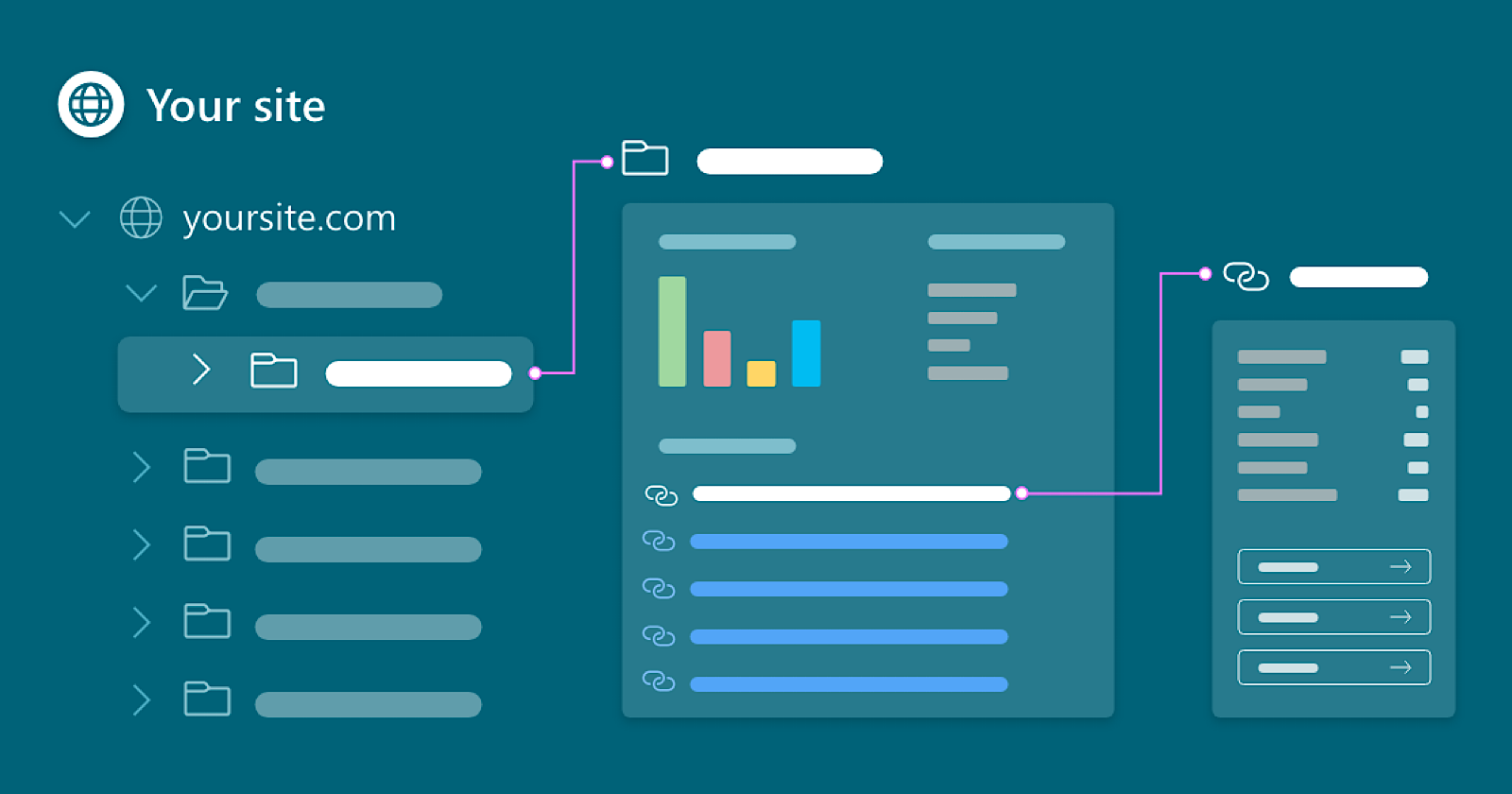With the relaunch of Site Explorer, Bing Webmaster Tools is gaining a new experience not offered by Google Search Console.
If you’ve ever found yourself asking: “why use Bing Webmaster Tools when I already use Search Console?” – you might now have your answer.
Site explorer: SEO-explore your site https://t.co/anWH0YscY2
Today during #pubcon keynote, I unveiled Site Explorer. A unique new Webmaster Tools #seo view of how Microsoft #bing sees your web sites. Explore in a lighting fast experience our site and access relevant information pic.twitter.com/tbA6yrOYI2— Fabrice Canel (@facan) October 15, 2020
Here’s what the new Site Explorer brings to Bing Webmaster Tools.
What’s New in Bing Site Explorer?
Site Explorer is a feature that existed in the old version of Bing Webmaster Tools. It was conspicuously absent when the new version of Webmaster Tools launched earlier this year.
The reason for Site Explorer’s absence becomes more clear when you see the updates made to the tool.
Bing isn’t simply migrating Site Explorer to the new Webmaster Tools, it’s being completely overhauled with a new interface and new features.
“Site Explorer provides a unique SEO view of how Microsoft Bing sees your site,” Bing states in its announcement.
The uniqueness Bing is referring to is the way in which Site Explorer presents data.
All pages of your site are arranged into a series of folders and sub-folders which reflect your site’s structure.
So you can drill down into the data at a granular level, or zoom out to get a big picture view.
 Example of folders in Bing Site Explorer.
Example of folders in Bing Site Explorer.“[Site Explorer] reflects most URLs we have seen on the web, including redirects, broken links, or those blocked by robots.txt, organized in a file explorer-like fashion.
Thus, giving you the flexibility to navigate each folder and the URLs contained inside them to understand, debug and modify your site structure as required.”
Inside each folder you will find relevant crawl information from the recent crawls of your site along with clicks, impressions, and backlinks counts.
Some of the data available in Site Explorer includes:
- Indexed: Number of URLs which have been successfully indexed inside that folder.
- Error: Critical crawl errors which have led to not indexing of URLs.
- Warning: These may include URLs with guidelines issues, temporary crawl issues or robots.txt disallowed, etc. Webmasters should periodically check for an increase/decrease in these numbers.
- Excluded: URLs with spam violations, low rank etc.
Site Explorer displays the above data for each folder, as shown in the example below.
 Example of top-level data in Bing Site Explorer.
Example of top-level data in Bing Site Explorer.Folders and URLs can be sorted alphabetically or by clicks or impressions.
“We believe this powerful tool will enable webmasters and SEO experts to slice and dice their URLs based on various functionalities and debug or cater to them according to the need to improve their ranking on search results.”
Bing Site Explorer provides the same data for individual URLs within a folder as well, and even more information.
These additional pieces of information are displayed for individual pages:
- Date last crawled
- Date first discovered
- HTTP code
- Whether the page is HTTPS
See an example of individual page data below.
 Example of page-level data in Bing Site Explorer.
Example of page-level data in Bing Site Explorer.As you can see in the example, Site Explorer also offers the ability to inspect URLs, request indexing of URLs, and test a URL in Bing’s robots.txt tester tool.
As Bing states, the combination of these features makes Site Explorer “a one stop solution for checking the SEO status and health of your URLs.”
Bing’s upgrade to Site Explorer is well received by SEOs thus far.
Here’s a sample of tweets from SEOs with their impressions of revamped tool:
… this new version of the @BingWMC is REALLY useful and much better to what had been done before 👏 congrats … and thank you!
— Aleyda Solis (@aleyda) October 16, 2020
Better than the majority of paid SEO tools to be honest… Great stuff from @BingWMC
— Charlie Williams (@pagesauce) October 16, 2020
Source: Microsoft Bing Blogs





![AI Overviews: We Reverse-Engineered Them So You Don't Have To [+ What You Need To Do Next]](https://www.searchenginejournal.com/wp-content/uploads/2025/04/sidebar1x-455.png)